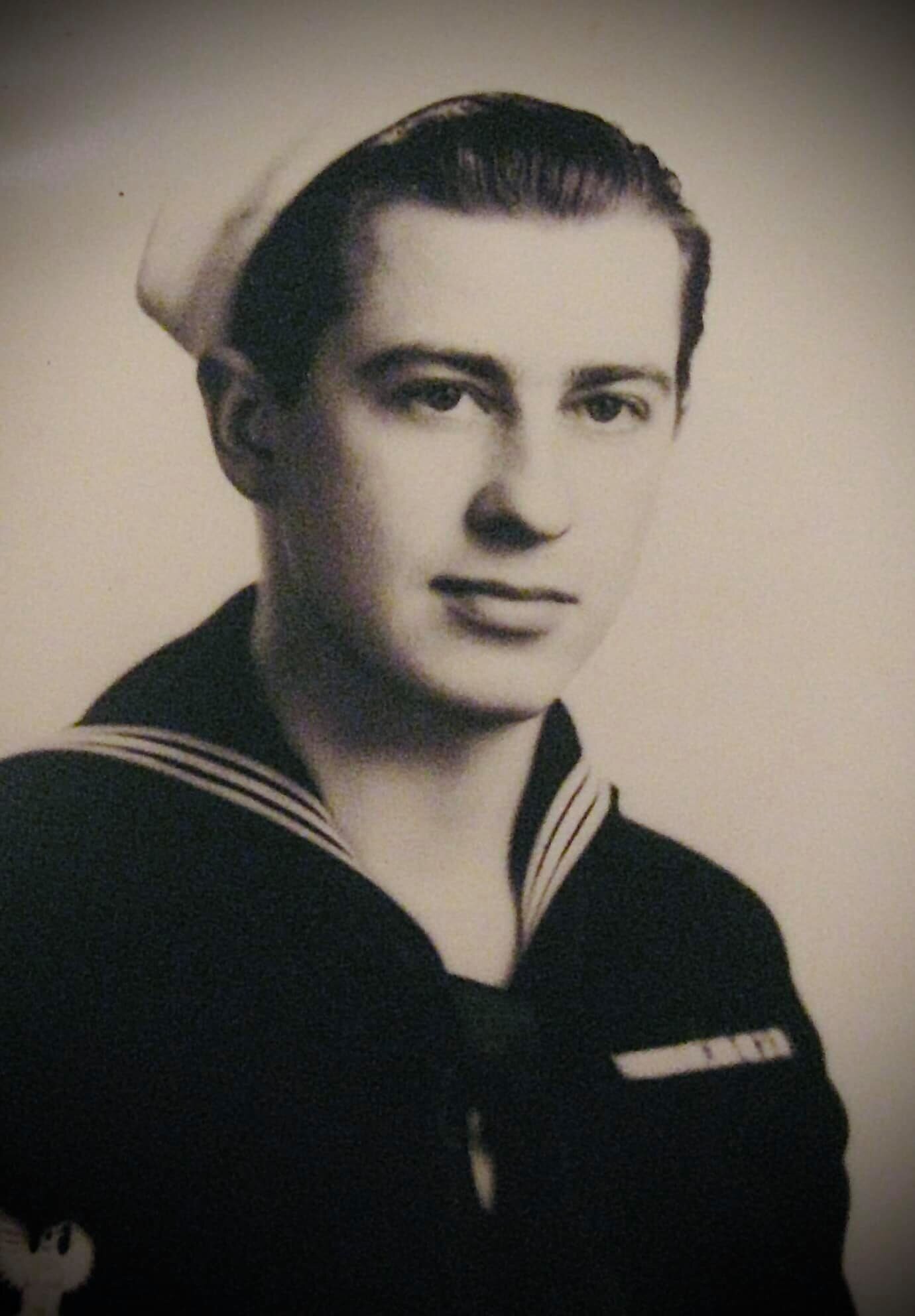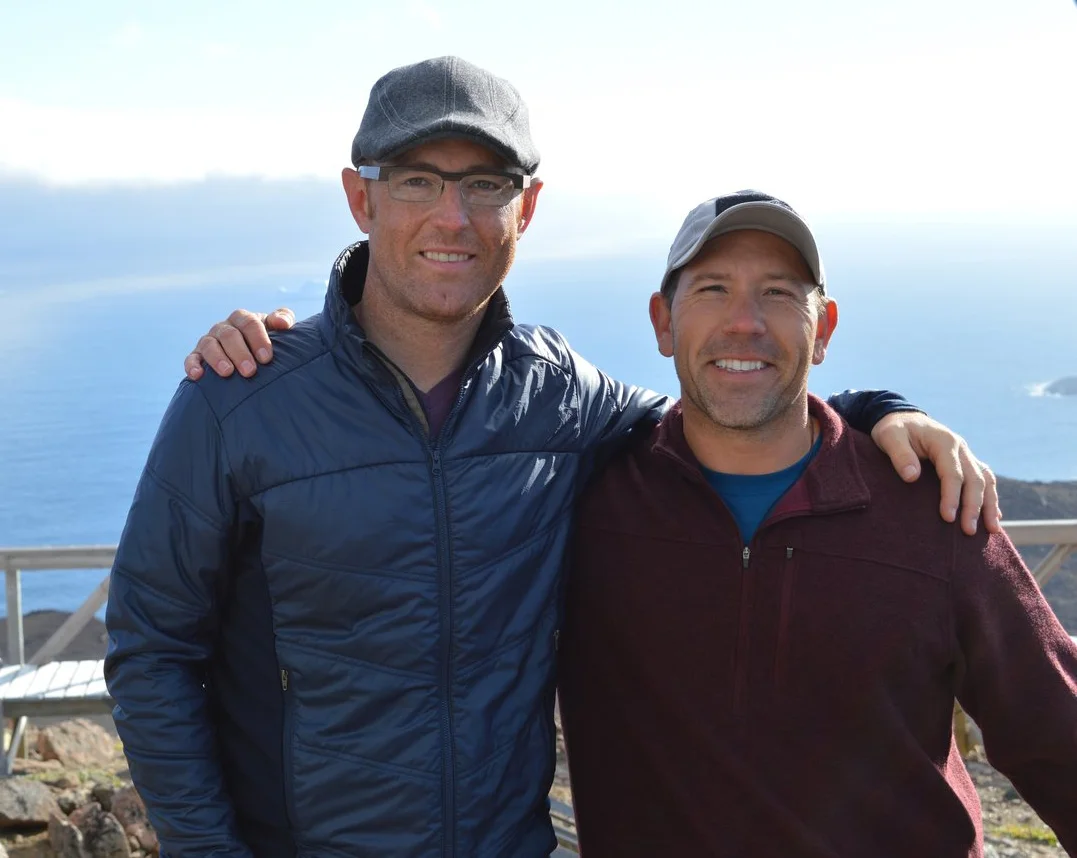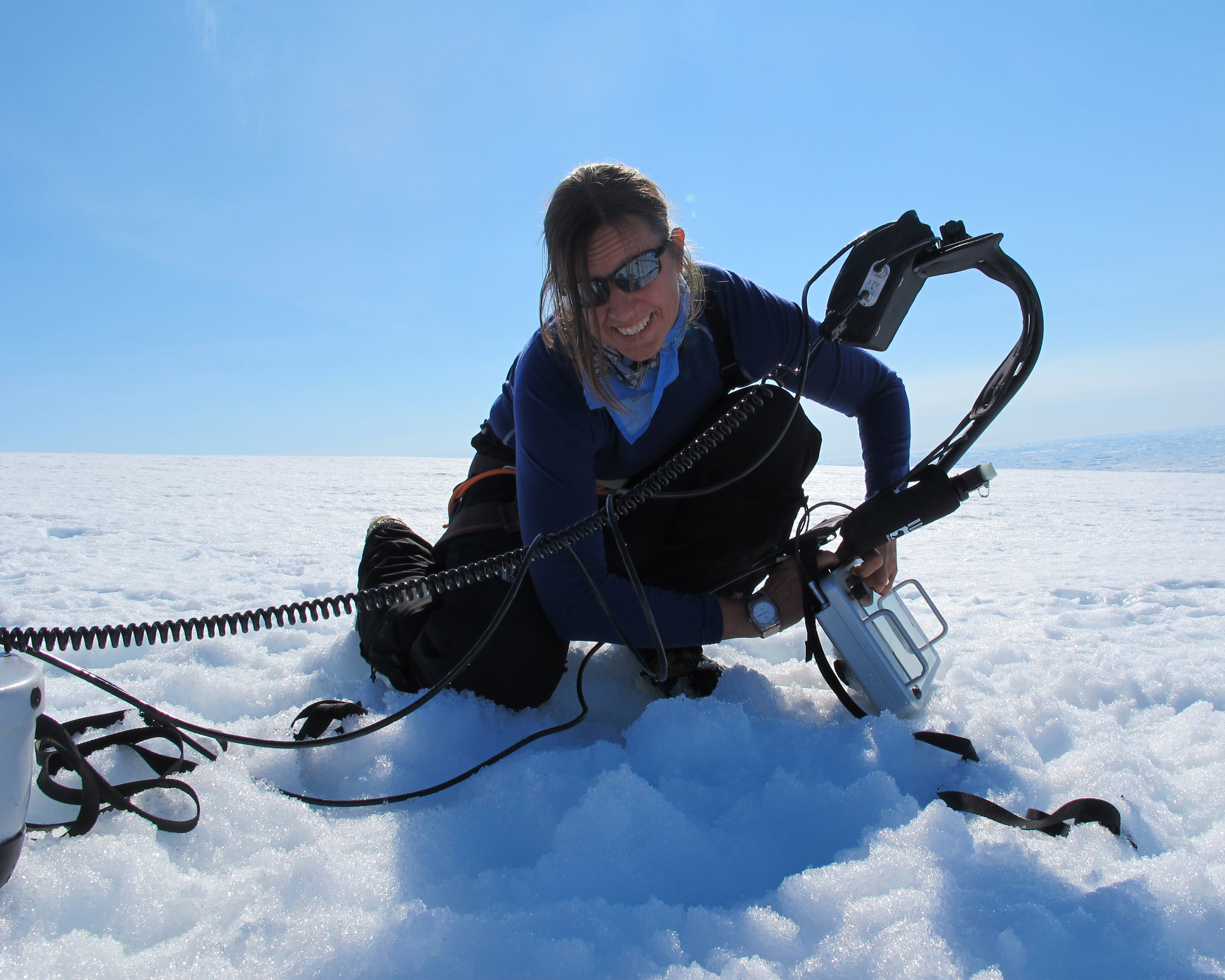Much has been said about the families of the 3 missing aviators who are the focus of our search. They are the reason Global Exploration and Recovery is leading the effort to find the men aboard the Duck. We share the same goal: closure and the chance to lay their loved ones to rest on home soil with the honor they deserve. Nancy Pritchard is the younger sister of the Duck’s pilot, John Pritchard, and has figured heavily in the coverage of the Duck Hunt, from Mitch Zuckoff’s authoritative work Frozen In Time to her Veterans Day interview also featuring GEaR’s Nick Bratton.
Since the Boston Globe coverage of the 2013 Greenland mission, the story of Cpl. Loren Howarth’s family has not received much attention. Until now. GEaR recently had a chance to reconnect with Howarth’s family. We heard memories of this brave young man, what his legacy means to his community, and why his relatives support GEaR.
Loren Howarth was a pivotal character in the fateful events of November, 1942. He was the radio operator aboard the B-17 that crashed in eastern Greenland leading to the Duck’s involvement. The B-17's radio was damaged in the wreck and it was Howarth’s ingenuity, focus, and persistence that got it working again. If not for his efforts with frozen fingers the men of the B-17 could never have called to the outside world. Howarth’s fellow crewman would make it out. He did not.
Meet Marc Storch of DeForest, Wisconsin. Loren married Marc’s aunt, Irene. “Lolly”, as he was known, attended a teachers’ college in La Crosse with Marc’s dad. When Marc’s parents married in 1941 they lived next door to the Howarth's in a boarding house Irene ran. After America entered the war both Marc’s dad and Lolly applied to the Army Air Corps, but only Lolly was admitted. After his loss Irene received Lolly’s Legion of Merit medal and passed it on to Marc.
In the course of a varied professional career, Marc spent 14 years with the National Security Agency. Through this work he saw many interesting sides to the world, some good and some bad. “Back then the world was not as ambiguous of a place as it is today,” he explained. During his stint with the NSA Marc worked alongside members of all the services. “What they do to defend our security is something I will always appreciate.” When Marc settled in DeForest he helped to establish a veterans’ park in town.
When asked about the significance of what Howarth did in 1942, Marc is emphatic.
“Lolly represents so many of the young men of that time who uprooted their lives and wanted to help the war effort. He felt he had to do something. Everyone in those days made sacrifices. For Lolly it was never about glory. The men on that B-17, searching for the cargo plane, they were only trying to save people just like them. Through his actions he allowed others to be saved. We should be willing to make some sacrifice to get him home.” Marc is a firm believer in the importance of reuniting Lolly with his family.
“It’s about closure. The fact that Lolly was so close to returning, that the Coast Guard was doing extraordinary things to bring him back, is amazing. It’s important to mom, Lolly still exists to her as the polite, quiet young man she knew. Anyone lost in a foreign field is never home. I want Lolly to be rescued from the bleakness of that cold place.”
In spite of these unresolved issues, Marc had some heartening experiences to recount. A few years back he tracked down Harry Spencer, the co-pilot of the B-17, in a nursing home in Dallas. Marc called him up and they talked about the war.
“Harry remembered Lolly, said he was one of the few men who was willing to gather snow for drinking water for the rest of them. He recalled Lolly’s bravery, the countless hours spent trying to get the radio to work. The warmth of those memories was so meaningful.”
GEaR asked Marc what his response would be if they did find the missing men.
“My first response would be joy from knowing the plane had been found. Even if just for one moment someone can stand and say ‘This is the spot where those three brave men were,’ that would be tremendous.”
In 2014 Lolly’s high school held a remembrance of him, hosting a ceremony on Memorial Day. Marc remains encouraged that so many people in the community still remember, still care, and want Lolly home. With the support of the Storch family, Global Exploration and Recovery are committed to the discovery and return of these brave young men still missing in Greenland.








